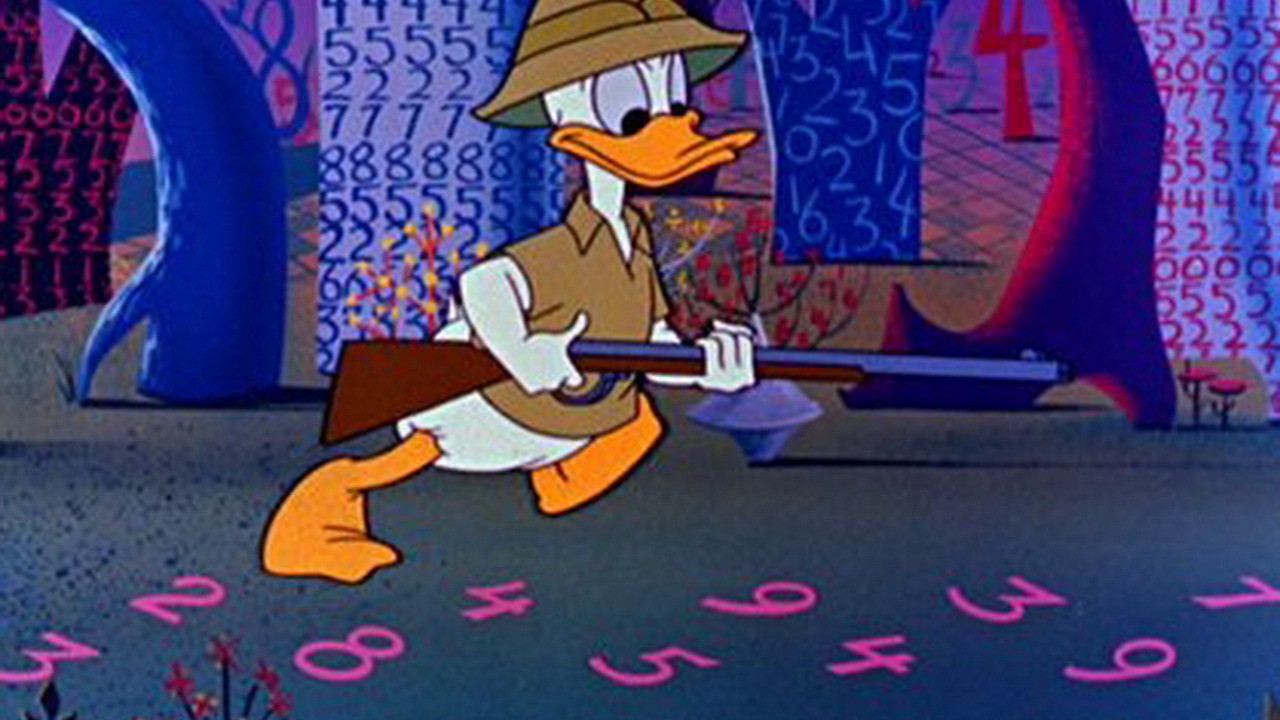For most of 2017, we have spent our Netflix time on second-wave Star Trek. After a long day of solving very difficult, real, and close-to-home problems, G appreciates that the world of Jean-Luc Picard requires very little of her. You can pick up anything you miss from context clues and problems are resolved in 45 minutes. It’s smooth and regular, a few episodes a night.
We started with Deep Space Nine, went back to Picard, then skipped forward to Voyager. While Roddenberry’s universe has always been soft on science, the story of Janeway et al is positively downy. And it’s not just the science — It’s the math. You can reverse the polarity of your deflector grid all day long and I won’t care, but when you mess with basic arithmetic, we’re gonna have words.
And also, numbers.
Basic Division
Picard zips around for seven seasons plus four films and we never care about the distance they’re traveling because it’s funny money. Two light years? Six? Twenty? Sure! Would you like to have 842 Barkley Bucks while you’re at it?
However, at the outset of Voyager, we’re given a couple of hard facts which shape the series: They are stranded 70,000 light years from home and the journey would take 70 years at maximum warp. How fast is that? No need to call Calculon to duty — Old fashioned mental math is good enough:
A calculator would say 0.114, but calculators are nerds
So every time someone says ‘light years’, you can multiply by ten to get the number of hours required at top speed. What about less than top speed?
In the second episode, Janeway gives an order to get underway at ‘full impulse’ (a low-speed thruster). Time passes and in the next scene, when she’s called to the bridge, they’ve traveled 1.4 light years. By guessing how much time passed, we can figure out what impulse is like. Since 1.4 is easily divisible by seven, I made my guesses all multiples of seven and two:
I did this in my head, but it made for a lousy blog pic
Of these options and based on the context, I’d guess a full day, maybe two. So when someone says “full impulse” we should think one-half or one-quarter of maximum speed, right?
Hmm, I thought “Impulse” engines were slow — this suggests it’s still 200x-400x faster than light. That can’t be right. They’d shoot past a solar system in seconds. What’s going on here?
Advanced Nerd Physics
Trekkies everywhere right now are sensing a great disturbance in the force. WARP SPEEDS ARE NONLINEAR they cry and NO STARBASES FOR REFUELING and DID YOU CHECK THE VOYAGER TECHNICAL MANUAL?!
His mom’s basement looks really nice
OK, fine, nerds. I went to Memory Alpha and collected all the relevant details about Voyager’s Impulse, Warp, and Subspace transmission speeds. Then I made you a spreadsheet of light years traveled for each at various intervals:
It’s as if millions of voices cried out in terror and were suddenly silenced
Right off the top of my head:
Holy shnikes, Janeway was waiting in episode 2 for Seven Years!
They could get a message home in six months (or less) if they tried.
At maximum warp they’d get home in 23 years, not the 70 (or sometimes hundreds) their captain claims.
Janeway is a Jerk.
Maximum Warp, Minimized Stakes
Actually, this doesn’t reveal some dark secret or hidden truth, it just means the screenwriters were sloppy. Star Trek series of this era sometimes filled in technical jargon like Mad-Libs after the script was written. Hardly surprising that no one was checking the math.
It’s unfortunate because tossing around light years unnecessarily lowers the burden of their journey: In a later episode, Harry Kim directs the ship to a distress signal six light years away, and Voyager arrives in a few hours. It’s both too fast and too easily accepted. Two light years could have told the same story without those problems. And if they needed a fancy unit between kilometer and light year, they could have used AU or attoparsec.
In Walter Murch’s brilliant book on film editing, In The Blink Of An Eye, he lists his six criteria for an ideal cut along with what each contributes to the whole:
Even if you don’t edit film, you should read In The Blink Of An Eye
Prioritizing emotion and story over technical rigor applies to all kinds of storytelling, and Star Trek famously relies on it: Geordi could say he needs to tractor Picard’s fishtank into a wormhole and we’d believe as long as Patrick Stewart flashes some Blue Steel™ showing internal conflict about it.
But distance is central to Voyager’s struggle; to the emotion and their story. They band together crews of enemies because of the distance. They’re on rations because of the distance. Tuvok ignores Janeway’s orders and brokers a deal for stolen alien technology because of the distance. Centering a story on the bottom line and then acting like spending doesn’t matter is more disappointing and avoidable than showing the Turbolift man and his rope.
Source: Penny Arcade
The nerds portrayed in this blog post are fictitious. No identification with actual nerds (living or deceased) is intended. No nerds were harmed in this production.







